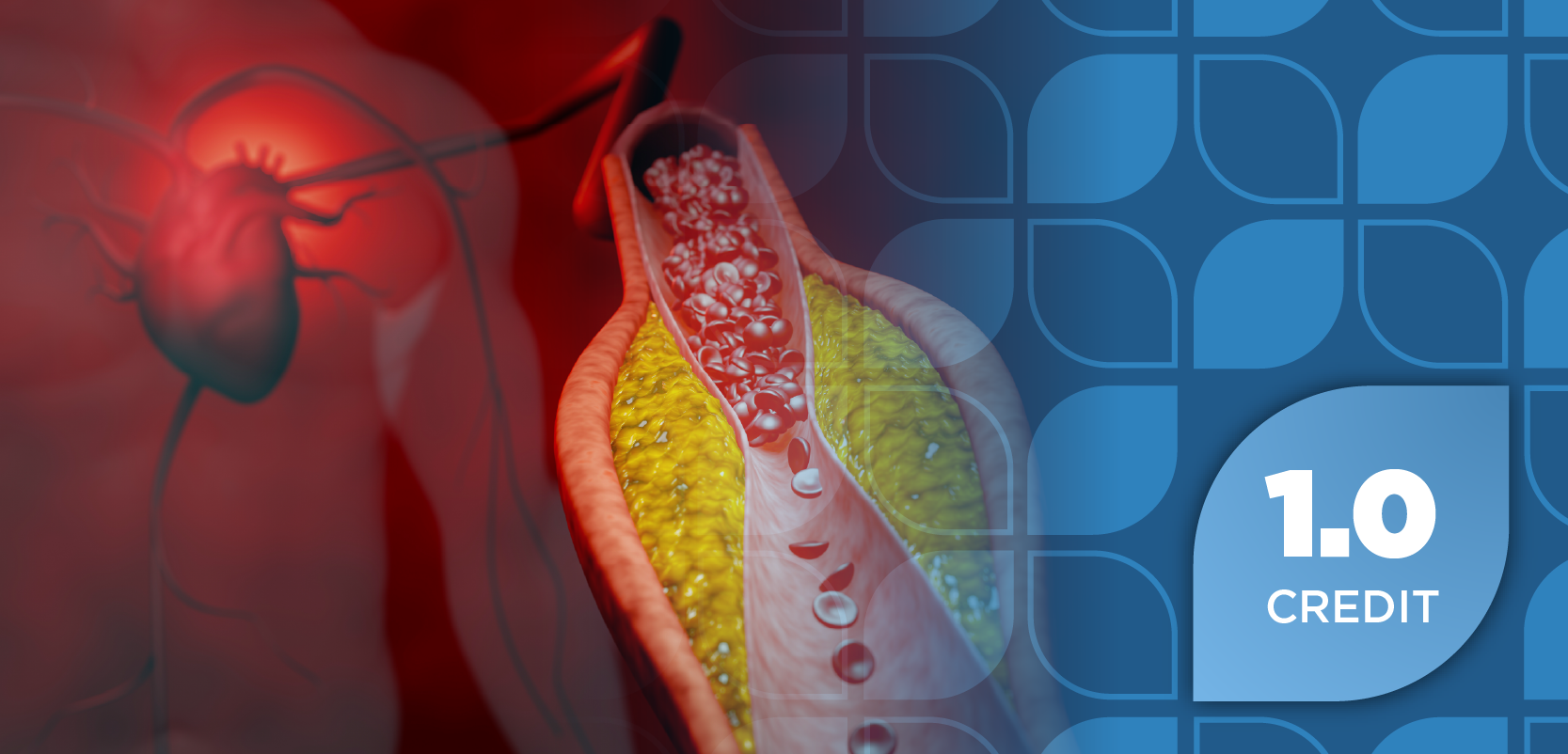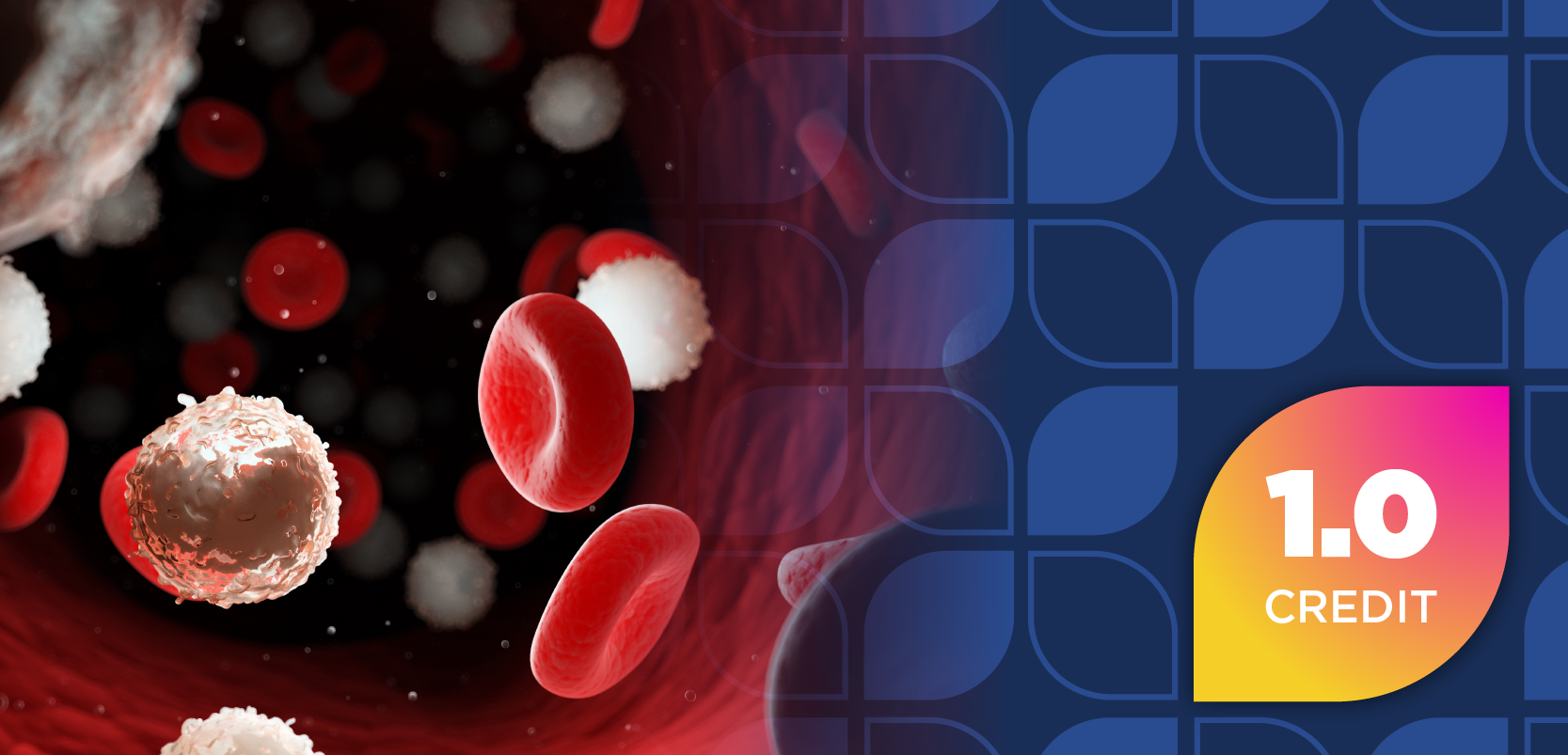
Pharmacy Practice in Focus: Oncology
- February 2021
- Volume 3
- Issue 1
What Pharmacists Should Know About Cervical Cancer
Educating patients about cervical cancer and the HPV vaccine can help reduce the number of cases.
Cervical Cancer is a common form of cancer in women. According to the World Health Organization (WHO), 99% of cervical cancer cases are linked to human papillomavirus (HPV) infection. HPV is a common virus that is spread through sexual contact. Most HPV cases resolve on their own and do not cause symptoms. However, persistent infection can cause cervical cancer.1
Most cases of cervical cancer can be prevented by1 :
- the HPV vaccine (primary prevention) and
- screening for and treating precancerous lesions (secondary prevention).
When detected early and treated effectively, cervical cancer is one of the most successfully treatable cancers. The WHO predicts that with a “comprehensive approach to prevent, screen and treat, cervical cancer can be eliminated as a public health problem within a generation.”1
Cervical Cancer Data
Cervical cancer was once a common cause of death from cancer, but the death rate for this cancer type decreased significantly with the Papanicolaou test, which can detect cervical cancer in early stages, when it is easier to treat. The HPV test also screens for cervical cancer. This test looks for infection by types of HPV that are more likely to cause cervical cancer and can be performed at the same time as the Papanicolaou test.2
According to the American Cancer Society (ACS), in 2020, about 13,800 new cases of invasive cervical cancer will be diagnosed, and about 4290 women will die from this disease.2
The average age at diagnosis is 50 years. Although many women do not realize cervical cancer can be detected as they get older, more than 20% of cases are diagnosed in women older than 65 years. However, cervical cancer rarely occurs in women who are regularly tested.2
Survival Rates
According to the ACS, survival rates for cervical cancer are as follows3 :
- Women with localized cervical cancer (contained to cervix/uterus) have a 92% relative survival rate.
- Women with regional cervical cancer (spread beyond cervix/uterus to nearby lymph nodes) have a 56% relative survival rate.
- Women with distant cervical cancer (spread to nearby organs or distant parts of the body) have a 17% relative survival rate.
These numbers are based on women who received a diagnosis and were treated at least 5 years prior. Because treatments improve over time, the outlook may be better than these numbers indicate. Other factors, such as age and overall health, also can affect the outlook.3
Prevention and Risk Factors
Ways to help prevent cervical cancer include the following4 :
- Women should have regular Papanicolaou tests (and HPV tests) as determined by their obstetriciangynecologist
- Partners should use condoms every time they have intercourse (condoms reduce HPV risk by about 70% and protect against other sexually transmitted infections).
- Women and men should discuss the HPV vaccine (Gardasil 9; Merck) with their doctor. Risk factors for cervical cancer include the following4 :
- infection with the HPV virus,
- early age of first sexual intercourse,
- having multiple sexual partners,
- birthing 3 or more children,
- smoking cigarettes,
- using oral contraceptives, and
- infection with HIV.
Signs and Symptoms of Cervical Cancer
Because cervical cancer may not cause symptoms (especially in the early stages), regular cervical cancer screening should start for patients aged 21 years (or as determined by their physician).
Symptoms, which may or may not be present, may include pain/bleeding with sexual intercourse, pelvic pain, unusual discharge, and/or unusual bleeding. Patients who experience any of these symptoms should consult their physician immediately.5
Diagnosis
The best way to detect cervical cancer early is with regular screening with the Papanicolaou test and the HPV test. Routine screening can prevent cervical cancer. Early detection improves the chances of successful treatment of precancer and cancer.6
Abnormal results from a Papanicolaou or HPV test will require the patient to undergo further testing, including history and physical examination, and various biopsies and/or procedures. If cancer is present, more testing will be performed, including additional procedures and imaging.7
Types and Staging
Cervical cancers start from precancers, but only some women with cervical precancers will develop cancer. Treating cervical precancer prevents most cervical cancers.8
Most (almost 90%) of cervical cancers and precancers are squamous cell carcinomas. Most other cervical cancers are adenocarcinomas. Some cervical cancers are mixed carcinomas.8
Cervical cancer is classified from stage 0 to stage IVB, depending on the location and spread.9
Cervical Cancer Treatment
Depending on the type/stage of cervical cancer, patients may need surgery, chemotherapy, radiation, or a combination of treatments.
Chemotherapy may be given, often with radiation, depending on the type and stage of cervical cancer.10 Some examples of chemotherapy drugs for cervical cancer include cisplatin (Platinol; Bristol Myers Squibb), carboplatin (Paraplatin; Bristol Myers Squibb), paclitaxel (Taxol; Bristol Myers Squibb) and topotecan (Hycamtin; Novartis), or a combination of drugs.11
Common adverse effects (AEs) of chemotherapy include nausea, vomiting, diarrhea, appetite loss, hair loss, mouth sores, and fatigue. Low blood counts may result in increased chance of infection, bleeding, bruising, shortness of breath, and fatigue. AEs are often worse when chemotherapy is given with radiation.11
Targeted therapy drugs target the changes in cancer cells. The monoclonal antibody bevacizumab (Avastin; Genentech) is a targeted therapy medication that treats advanced cervical cancer. Common AEs include high blood pressure, fatigue, and nausea.11-13
Immunotherapy stimulates the immune system to recognize and destroy cancer cells, and is used to treat cervical cancer that has spread or recurred. Pembrolizumab (Keytruda; Merck) is a monoclonal antibody that targets proteins on T cells to shrink tumors or slow growth.14
The most common AEs of immunotherapy drugs are fatigue, fever, nausea, diarrhea or constipation, headache, rash, appetite loss, and joint or muscle pain.14
The treatment selected for cervical cancer depends on the stage, location, and type of cancer, as well as age, overall health, and whether the patient wants to have children.15
HPV Vaccine
HPV causes almost 35,000 cases of cancer in men and women annually in the United States. HPV vaccination can prevent more than 32,000 of these cases.16 HPV can cause cervical cancer or anal cancer in women and penile cancer or anal cancer in men. It can also cause oropharyngeal cancer.17
Since 2016, there has been only 1 HPV vaccine available in the United States. This vaccine is administered to boys and girls, in 2 or 3 doses, depending on age. The vaccine can be administered to children as young as 9 years, but generally is first given to children aged 11 or 12 years. Administration of the vaccine is recommended to continue up to patients aged 26 years. The vaccine also can be administered to patients as old as 45 years. Patients can consult their physician to see whether they need HPV vaccination.16
The most common AEs of the HPV vaccine are injection site reactions, fever, nausea, headache, fatigue, muscle or joint pain, and dizziness or fainting. To prevent fainting and associated injuries, adolescents should sit or lie down during vaccination and remain in position for 15 minutes after receiving the vaccine.16
The Pharmacist’s Role
As trusted and knowledgeable health care professionals, pharmacists can help prevent cervical cancer cases by educating patients about the risk of cervical cancer and the importance of the HPV vaccine. Pharmacists can vaccinate patients when appropriate, and can remind patients to get regular Papanicolaou and HPV tests. Additionally, pharmacists can refer patients to their health care provider if they mention any symptoms that could indicate cervical cancer.
KAREN BERGER, PHARMD, is a pharmacist at an independent pharmacy in northern New Jersey.
REFERENCES
- Cervical cancer. World Health Organization. Accessed October 30, 2020. https://www.who.int/health-topics/cervical-cancer#tab=tab_1
- American Cancer Society medical and editorial content team. Key statistics for cervical cancer. American Cancer Society. Updated July 30, 2020. Accessed October 30, 2020. https://www.cancer.org/cancer/cervical-cancer/about/key-statistics.html
- American Cancer Society medical and editorial content team. Survival rates for cervical cancer. American Cancer Society. Updated January 3, 2020. Accessed October 30, 2020. https://www.cancer.org/cancer/cervical-cancer/detection-diagnosis-staging/survival.html
- Cervical cancer prevention & risk factors. Memorial Sloan Kettering Cancer Center. Accessed October 30, 2020. https://www.mskcc.org/cancer-care/types/cervical/prevention-risk-factors
- Cervical cancer symptoms & signs. Memorial Sloan Kettering Cancer Center. Accessed October 30, 2020. https://www.mskcc.org/cancer-care/types/cervical/cervical-cancer-symptoms-signs
- American Cancer Society medical and editorial content team. Can cervical cancer be found early? American Cancer Society. Updated July 30, 2020. Accessed October 30, 2020. https://www.cancer.org/cancer/cervical-cancer/detection-diagnosis-staging/detection.html
- American Cancer Society medical and editorial content team. Tests for cervical cancer. American Cancer Society. Updated July 30, 2020. Accessed October 30, 2020. https://www.cancer.org/cancer/cervical-cancer/detection-diagnosis-staging/how-diagnosed.html
- American Cancer Society medical and editorial content team. What is cervical cancer? American Cancer Society. Updated July 30, 2020. Accessed October 30, 2020. https://www.cancer.org/cancer/cervical-cancer/about/what-is-cervical-cancer.html
- Cervical cancer diagnosis. Memorial Sloan Kettering Cancer Center. Accessed October 30, 2020. https://www.mskcc.org/cancer-care/types/cervical/diagnosis?pn_mapping=pn_11&gclid=CjwKCAjw8-78BRA0EiwAFUw8LCpZuQM_GLgOlnHjdPAGGw-Jq2r5myWFK_kt-F4qRdf9yqgXeOI5dxoC5q4QAvD_BwE
- Cervical Cancer Treatment (PDQ)—Health Professional Version. National Cancer Institute. Updated May 13, 2020. Accessed October 30, 2020. https://www.cancer.gov/types/cervical/hp/cervical-treatment-pdq
- American Cancer Society medical and editorial content team. Chemotherapy for cervical cancer. American Cancer Society. Updated January 3, 2020. Accessed October 30, 2020. https://www.cancer.org/cancer/cervical-cancer/treating/chemotherapy.html
- Drugs approved for cervical cancer. National Cancer Institute. Updated September 18, 2020. Accessed October 30, 2020. https://www.cancer.gov/about-cancer/treatment/drugs/cervical
- American Cancer Society medical and editorial content team. Targeted therapy for cervical cancer. American Cancer Society. Updated January 3, 2020. Accessed October 30, 2020. https://www.cancer.org/cancer/cervical-cancer/treating/targeted-therapy.html
- American Cancer Society medical and editorial content team. Immunotherapy for cervical cancer. American Cancer Society. Updated January 3, 2020. Accessed October 30, 2020. https://www.cancer.org/cancer/cervical-cancer/treating/immunotherapy.html
- American Cancer Society medical and editorial content team. Treatment options for cervical cancer, by stage. American Cancer Society. Updated January 3, 2020. Accessed October 30, 2020. https://www.cancer.org/cancer/cervical-cancer/treating/by-stage.html
- Vaccinating boys and girls. CDC. Updated August 15, 2019. Accessed October 30, 2020. https://www.cdc.gov/hpv/parents/vaccine.html
- HPV and men—fact sheet. CDC. Updated December 28, 2016. Accessed October 30, 2020. https://www.cdc.gov/std/hpv/stdfact-hpv-and-men.htm#:~:text=HPV%20infections%20usually%20go%20away,in%20both%20women%20and%20men.
Articles in this issue
over 4 years ago
Oncology Care Pharmacy Has Promising Trends on the Horizonover 4 years ago
Utilizing Pharmacogenomics Information to Guide AML TreatmentNewsletter
Stay informed on drug updates, treatment guidelines, and pharmacy practice trends—subscribe to Pharmacy Times for weekly clinical insights.

























































































































































































































